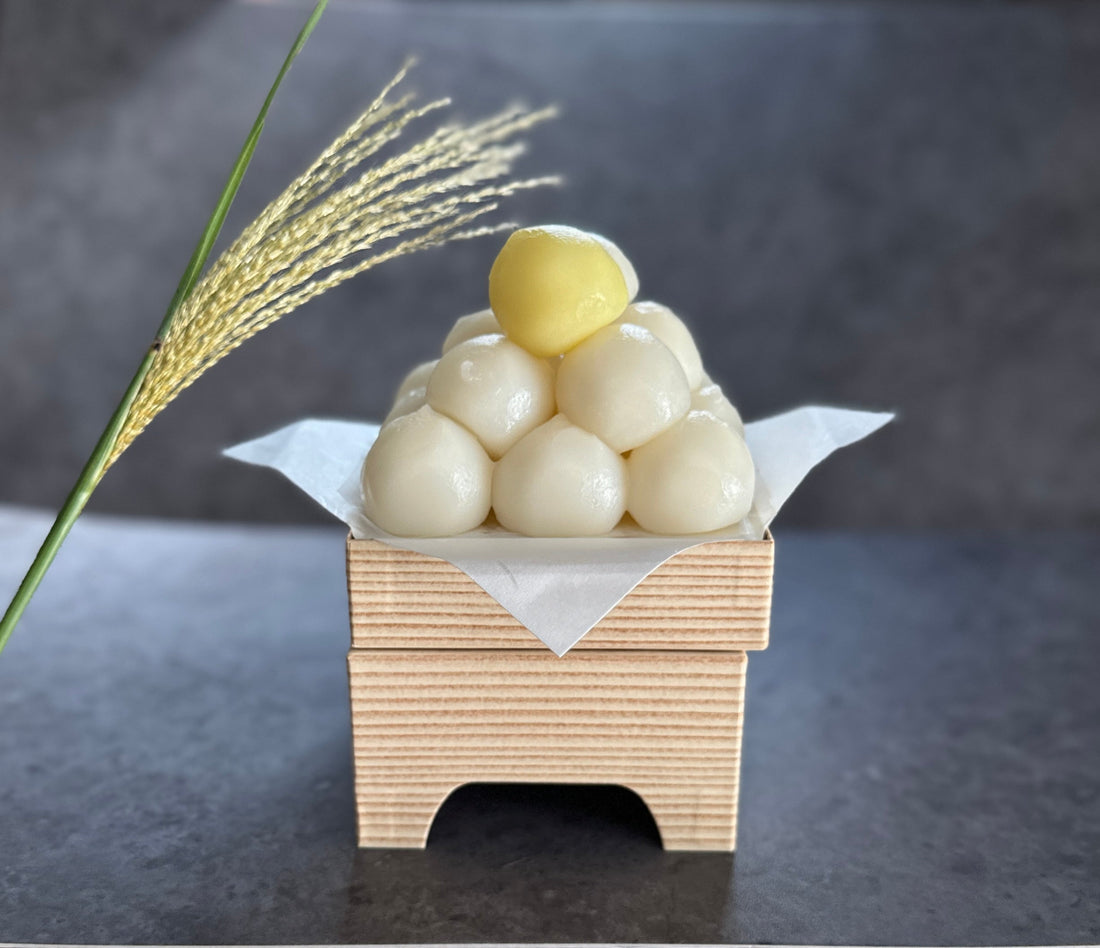
“Otsukimi” Enjoying the Autumn Moon
Share
What is Otsukimi?
Otsukimi (literally “moon viewing”) is the custom of appreciating the bright and beautiful autumn moon. The night of the full moon in autumn, called Jugoya (“Fifteenth Night”), is said to be when the moon appears the most round and luminous of the year. In 2025, this falls on October 6.
Jugoya is also known as Chūshū no Meigetsu (“Harvest Moon”), referring to the beautiful full moon seen in the middle of autumn according to the old lunar calendar.
Note on the lunar calendar:
Before 1872, Japan used a lunar calendar, in which a year was about 354 days long, based on the cycles of the moon. This is called the kyūreki (old calendar), while the modern solar-based system is called the shinreki (new calendar).Many traditional events that are closely tied to the rhythm of the seasons are still observed according to the old calendar or roughly one month later, to better reflect the seasonal atmosphere.
What do people do during Otsukimi?
Otsukimi is not only about admiring the moon, but also about expressing gratitude for the harvest and praying for future abundance.
People decorate with susuki (Japanese pampas grass) and offer tsukimi dango (moon-viewing rice dumplings) while enjoying the beauty of the autumn moon—a custom still cherished today.
Susuki (Japanese Pampas Grass)
In earlier times, people decorated with unharvested rice ears, symbols of prosperity and fertility. Later, susuki became a substitute because of its resemblance to rice stalks. It represents appreciation for the harvest and is also believed to ward off evil spirits.
Tsukimi Dango (Moon-Viewing Dumplings)
Made from rice flour, these dumplings symbolize the phases of the moon and the full moon itself. During Otsukimi, people offer them to express gratitude for the harvest and to pray for future abundance. Traditionally, fifteen dumplings are placed on a white sheet of paper atop a wooden tray (sanpō), representing the Jugoya.
Note: The number and arrangement of dumplings may vary by region.
How to Spend Otsukimi
Place your offerings—susuki, tsukimi dango, and other seasonal foods—where you can clearly see the moon. After appreciating the moonlight, offer your thanks and enjoy the food. As dumplings dry and harden quickly, it’s best to eat them the same night. You don’t have to discard the susuki right away; it can be kept as a seasonal decoration for a while longer.
Tea to Enjoy with Otsukimi
Depending on the region, tsukimi dango may be served plain, with sweet red bean paste (anko), or alongside seasonal ingredients like sweet potatoes or chestnuts. To complement these rich, earthy flavors, we recommend a deep-steamed sencha (fukamushi sencha). Its deep green color and mellow flavor have little bitterness, allowing you to fully savor the natural richness of Japanese tea.

Otsukimi is one of Japan’s most poetic seasonal traditions—a moment to feel the rhythm of nature. Along with susuki and tsukimi dango, why not prepare your favorite tea and take a moment to admire the radiant autumn moon?
